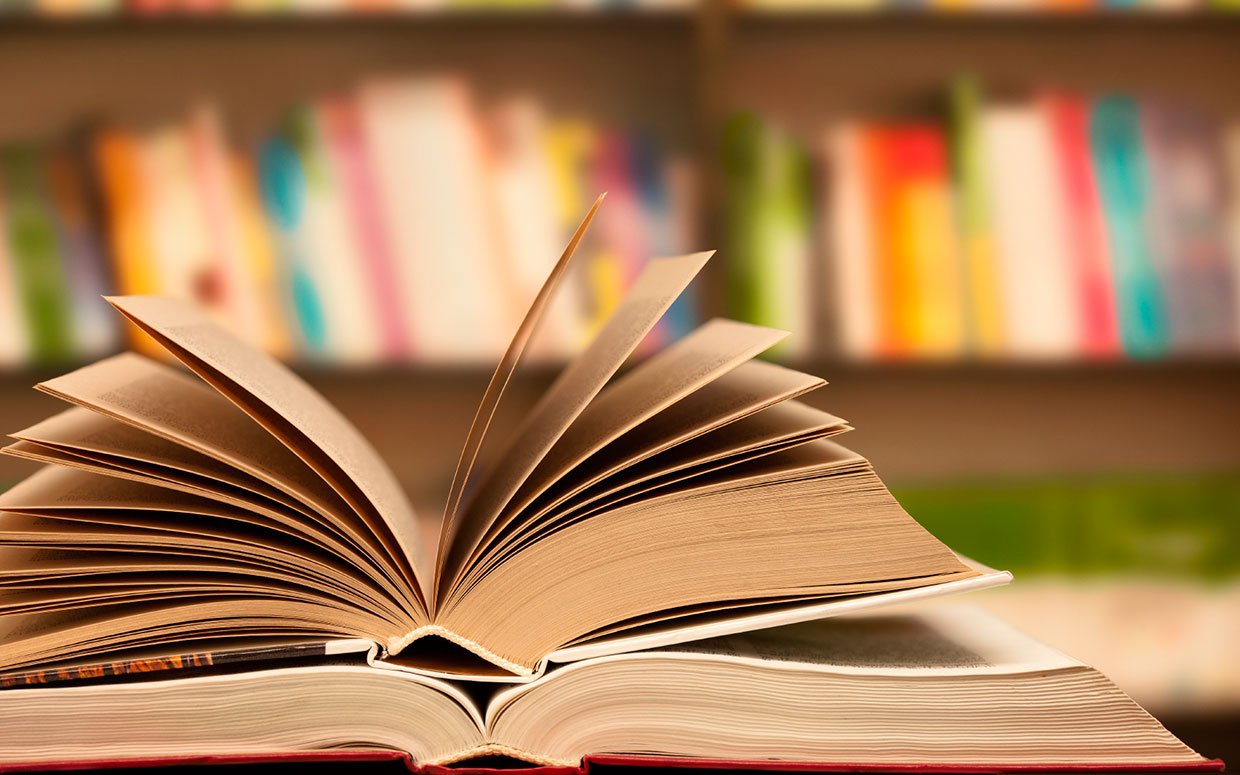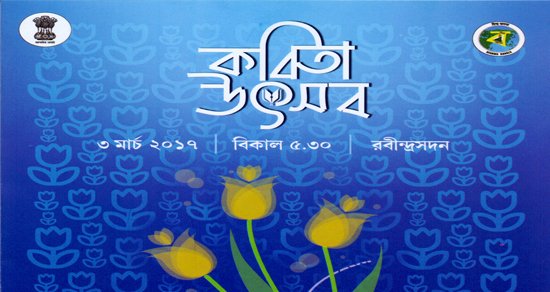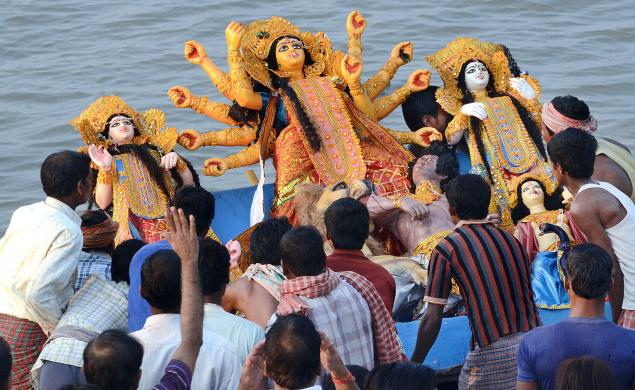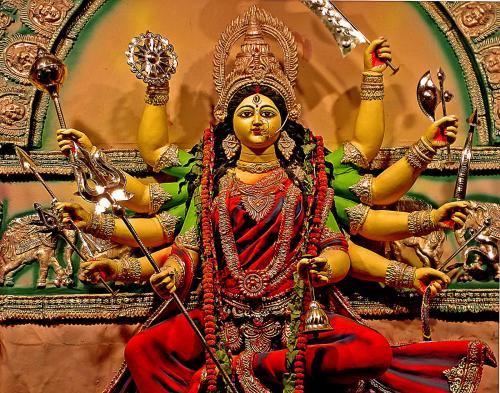During Durga Puja festival at Bengal the star attraction are the different Barowari Pujas conducted by several clubs and associations. Generally overlooked by the Pandal hoppers are the Durga Pujas held privately in several families some of whom were affluent and stalwarts in yesteryear, especially during the Colonial Regime. These families till date perform Durga Puja with dedication maintaining all the rituals. The Pujas are all of 100+ years, some even 200+ and 300+ years old. Every one of the families gathers to celebrate Durga Puja with pomp and show as an annual get-together.
Let’s take a look at some of the Bonedi Bari Pujas:
BAISHNABDAS MALLICK FAMILY’S DURGA PUJA
Address
32 Darpanarayan Tagore Street, Kolkata – 700006
Location
(Coming from Girish Park, you have to walk quite a bit as it is an one way. After Crossing Rabindra Sarani, you will find Jadulal Mallick Road on your right. Enter the lRoad as then again take a left turn to enter Darpanaryan Street. The Mallick Bari will fall in your left.
Specialty
If you are not intersted in walking, use the driving directions given to reach Khelat Ghosh’s house ( Serial no 8). Drive straight through Jadulal Mallick Road and you will reach Darpanarayan Tagore Street on your right.)
The Durga Puja of Baishnab Das Mallick’s house is 235 years old. Originating from Chinsurah, Baishnab Das Mallick was Gold Merchant and later went into Real Estate too. The Durga Puja was started by him in 1785 after he saw the Goddess in his dream. The huge Mallick Residence has a large courtyard. The most interesting thing about the Durga Idol of this house is that there is no Lakhsmi and Saraswati Idol here, but two Jaya and Bijoya idols which are not only taller than Kartick and Ganesh idols and but they are taller than the Durga Idol too. Goddess Durga is seated here on the lap of Shiva.
NARASIMHA DAWN FAMILY’S PUJO
Address
20 Vivekananda Road, Kolkata – 700006
Location
(Just a few steps before Rabindra Sarani, while coming from Girish Park. The house falls on your left on the road. There is only two three houses between Shibkrishna Dawn Lane and Narasingha Dawn’s House. For Driving directions use the same instructions given in Jorasanako Dawn House (Serial No 9) )
Specialty
Descendants from Kotulpur in Bankura, the family of Narasingh Chandra Dawn celebrates Durga Puja from 1859 which was inaugurated by late Late Nandalal Daw. In Early Days, the family did trading on spices. At present they are leading Gun Makers and Merchants.
HAATKHOLA DUTTA BARIR PUJA
Address
78, Nimtala Ghat Street, Kolkata – 700006
Location
(From Central Avenue , you have to take a turn at Dani Ghosh lane – extension Of Beadon Street and drive straight. Cross Rabindra Sarani and drive straight into Nimtala Ghat Street just like street direction of Khelat Bhawan (Serial no 8). Only in this case you do not turn left. Instead you drive straight crossing a huge ruin on your right (which was once Scottish Church School). The Dutta Bari will fall on your right. )
Specialty
Hatkhola Dutta House was constructed by Dewan Jagataram Dutta in the late eighteenth century. His Grandfather Ramchandra Datta was employed in East India Comapany’s Export import Division in Patna Warehouse. A very conservative family who stayed away from the usual frivolities of wasting money has been carrying their Durga Puja since last 200 years.
CHATUBABU LATUBABU FAMILY’S DURGA PUJA
Address
“Ramdulal Nibas”, 67E Beadon Street ( Alias Dani Ghosh Street), North Kolkata
Location
(At the crossing of Dani Ghosh Street (extension of Beadon Street after Hedua) and Central Avenue. The location is so prominent that you cannot simply miss this house. )
Specialty
At his Beadon street residence,Ram Dulal Dey (Deb Sarkar) started organising Durga Puja from the year 1770. He was the first Bengali entrepreneur who became a millionaire. After his demise, the Puja was carried on by his sons Asuthosh Dey (Deb Sarkar) and Pramatha Nath Dey (Deb Sarkar), more commonly known as ‘Chatu babu and Latu babu’ which continues by his grandson Anath Nath Dey(Deb Sarkar).The highlight of the idol is presence of Jaya and Bijaya, the two companions of Parvati, who flank Durga poised on lotuses. They have no Veena or Pot but just have their hand raised
DARJIPARAR MITRA BARI
Address
19, Nilmani Mitra Street & 42, Beadon Row, North Kolkata
Location
( Walking on a few meters on Jatindra Mohan Avenue ( alias Central avenue) from Chatu Babu Laltu Babu’s house towards Sovabazar, Nilmani Mitra street falls in the right direction. The First house is the massive building Of the Mitras with a large and maintained Thakur Dalan, while the second is a small house with a small run down Thakururdalan)
Specialty
The palatial building of Mitras came into existence during the times of Durgacharan Mitra who had several business including being court jeweller of Nawab Siraj -ud -Daulah. His Nephew Nilmani Mitra continued the legacy. Later the family’s condition declined. but Nilmani Mitra’s grandson Radhakrishna bought back fortune in the family. It was Radhakrishna who started Durga Puja in 1807. This used to be one of the three top Banedi Pujas of Kolkata along with Jorasnako Dawn Bari and Sova bazar Rajbari. The rituals are interesting and very meticulously followed.








